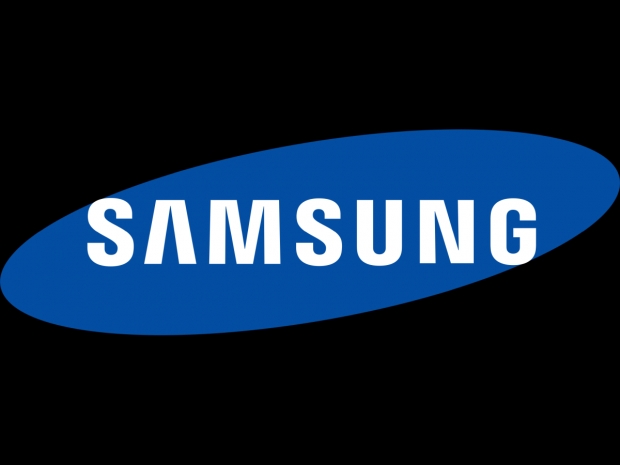"This issue involved ultrasonic fingerprint sensors unlocking devices after recognizing 3-dimensional patterns appearing on certain silicone screen protecting cases as users’ fingerprints.”
Samsung has just released a fix globally on Friday, and more importantly, we have learned that the issue could affect every single under-display fingerprint phone, whether optical or ultra-sonic.
Samsung released a fix and patch
Samsung has released a patch to address the issue with an under-display ultrasonic fingerprint sensor, and the patch is focusing on detecting these silicone gel dotted patterns in an ultrasonic fingerprint sensor.
The patch will likely ask you to register your fingers again, and in case it detects silicone gel patterns specifics for unlicensed affordable screen protectors, it simply won’t let you register the fingerprint.
All under-display sensors vulnerable
The issue is more disturbing that just two phones that happen to be from Samsung and one specific ultrasonic 3D sensor that comes from the house of Qualcomm. Every other phone other than Samsung S10 and Note 10 are using an optical under-display sensor, and most of these phones will be prone to a similar fingerprint sensor erratum.
Instead of scanning your finger pattern, the under-display optical sensor ends up scanning the silicone pattern, and anyone who presses the foil ends up unlocking the phone. Since optical sensors are taking a picture of the fingerprint and compare it to the securely stored copy, it is even less secure.
Ultra-sonic under-display sensor is using waves to detects the ridges in the fingerprints in the 3D matter, making it way more secure that the sensor that compares two pictures.
There are currently close to 80 phones with an optical under-display sensor, and they all might be affected with bad silicone patterns of an affordable and unlicensed screen protectors. One can expect that there will be more patches coming for other phones as soon as security expects starts toying with them.
The Fix
One easy fix is to avoid noncertified Samsung Galaxy S10 and Note 10 screen protectors. To our knowledge, panzer glass is not affecting either ultrasonic or optical under-screen sensors. Samsung has a certification program called SMAPP for approved accessories and shipped most S10 and Note10 devices with a free screen protector so users should use the screen protectors provided or that are approved. One of the obvious issues is that screen protectors are easy to make, and there are 1000s of companies doing that, some with obviously substances that might cause some issues with the sensor’s work.
And of course, patch your phone with the latest software.




